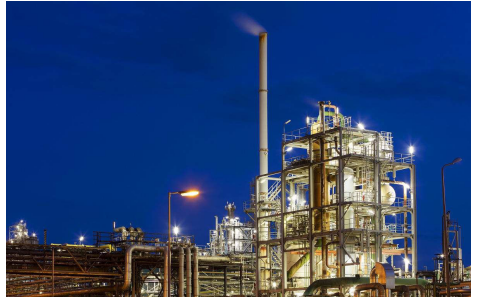Recently, the World Steel Association released the "Interim Explanation on Steel Demand and Economic Situation". The interim note pointed out that under the new coronary pneumonia epidemic, downstream users of steel have suffered from shocks such as the closure of the city, disruption of the supply chain, collapse of confidence, delays in investment and construction projects, and decreased consumption activity. At the same time, instability in financial markets and falling oil prices have further weakened capital investment.
The World Steel Association predicts that global steel demand will decline further in the second quarter of 2020, but it is not yet possible to determine the duration of the decline in demand. However, compared with the expected contraction in GDP, the impact of the new coronary pneumonia epidemic on steel demand may not be as severe as during the global financial crisis of 2008-2009. The recovery of the current economic crisis will mainly depend on the duration of the closure. The World Steel Association believes that the manufacturing industry is expected to return to normal sooner than other industries, but it is expected that the interruption of the global supply chain will continue for some time.
The World Steel Association decided to postpone the release of the Global Short-Term Steel Demand Outlook (SRO) originally scheduled for April, and plans to postpone the release of the full SRO in June to make a clearer assessment of future steel demand.
China's downstream steel market will rebound strongly in the second half of the year
The World Steel Association pointed out in an interim note that China, as the first country that has basically recovered from the new coronary pneumonia epidemic, is currently working to achieve a full normalization of economic activities. At present, the production and operation of all downstream steel industries in China have basically resumed, but the recovery of export-oriented industries will inevitably take longer.
It is expected that by the second half of 2020, China's downstream steel market will experience a strong rebound, especially in the infrastructure sector. But at the same time, the different timing of unsealing in countries around the world may have a certain impact on China's manufacturing recovery.
The global construction industry may be boosted by stimulus policies
At present, many governments have requested non-essential construction sites to suspend construction. Due to the stagnation of production and delivery, there is a shortage of construction workers and construction materials worldwide. Although there are regional differences in the ways to solve these problems, in countries that depend on migrant workers, the recovery of the construction industry may be slow.
However, as the focus of governments in various countries gradually shifts to restoring the economy and increasing support for infrastructure construction and industrial production, the construction industry in many regions may be boosted by government stimulus and support policies.
The global machinery industry is expected to recover slowly
The steel used in the machinery sector accounts for about 15% of the world's total steel used. Its global industrial chain is highly integrated and highly dependent on China's supply.
The industrial chain of the machinery industry presents obvious regional characteristics. East Asia, North America, and Western Europe are centered on China, the United States, and Germany, respectively, and connect the production capacity of the global machinery industry. Due to the high degree of integration of the industrial chain and the greater influence of regional factors, the recovery of the machinery industry is expected to be slow. In addition, corporate investment plans will also be affected by declining investor confidence, uncertainty in the global financial and trading environment, and global economic weakness. Among them, the decline in oil prices will lead to a substantial reduction in investment in the energy industry.
Global auto production is unlikely to resume quickly
The automotive industry is one of the industries most severely affected by the New Coronary Pneumonia epidemic. Especially in the European Union and the United States, automotive steel accounts for a large proportion of total steel consumption, both at around 20%. Since 2012, the EU automotive industry has shown its worst performance, with auto output falling by 5.9% year-on-year in 2019 and is expected to decline again this year. The U.S. auto industry is also not optimistic. In March this year, U.S. light vehicle sales fell nearly 27% year-on-year. According to HISMarkit (Global Business Information Service Provider) forecast, U.S. auto sales will drop by at least 15% year-on-year in 2020.
At the same time, the automobile industries in Japan and South Korea were also severely affected by the epidemic. In April, South Korea’s auto export volume decreased by 36.3% year-on-year, the largest monthly drop since June 2009 (-38.1%); auto parts export volume fell by 49.6% year-on-year. In April, Japanese car sales fell 28.6% year-on-year, the lowest in nine years.
Taking into account the expected increase in unemployment and the decline in disposable income, it is expected that after the closure of the city, the steel demand in the automotive industry will resume slowly. In addition, given the complexity of the automotive industry's supply chain and possible bankruptcy of suppliers during the closure of the city, production in the automotive industry is unlikely to recover quickly. However, China's auto production is expected to recover more than other countries. (From China Metallurgical News)




